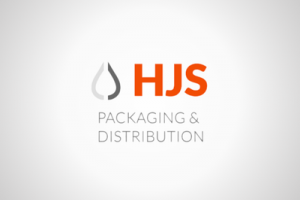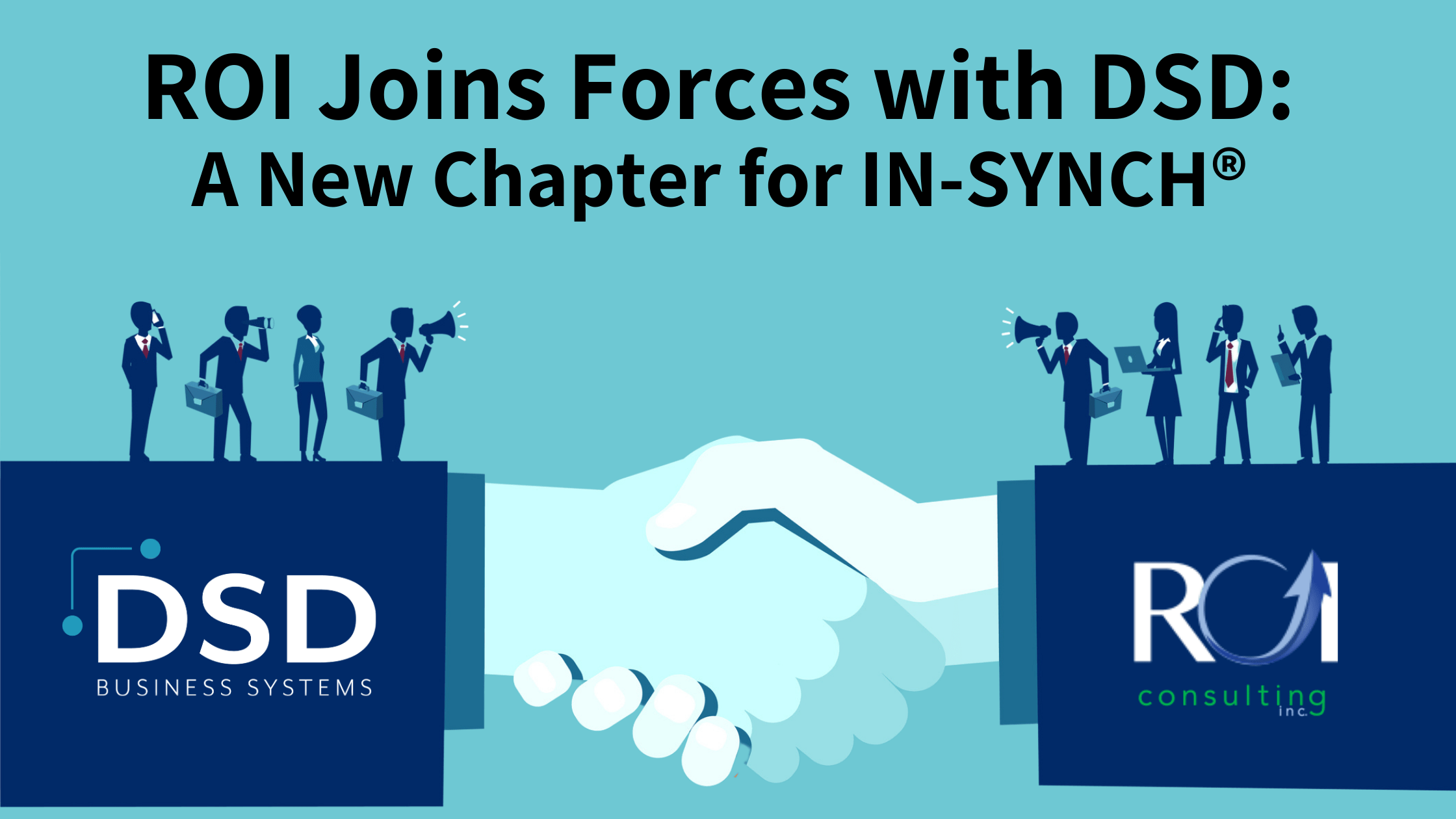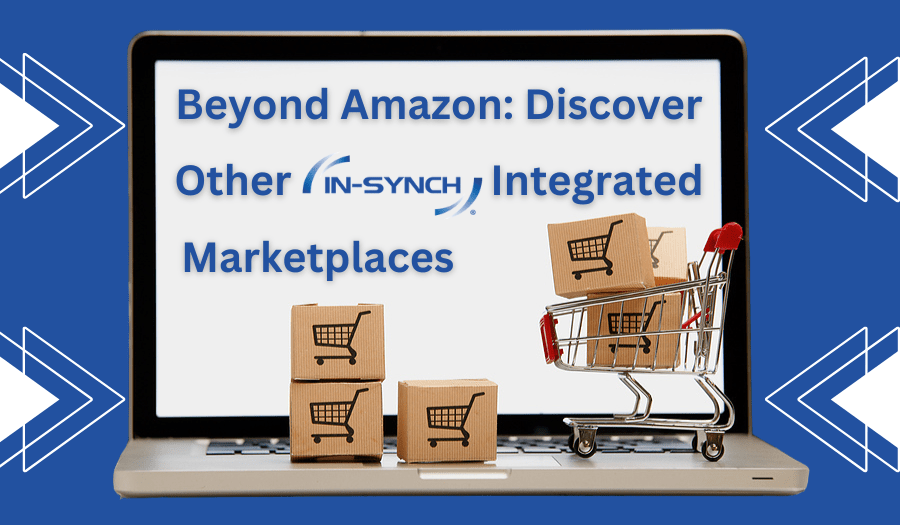By Ruth Richter • January 12, 2024

ROI is well known for our ability to integrate Sage 100 ERP with just about any solution our customers use. Each integration we perform involves the automation of manual processes, which significantly speeds up the workflow for our clients. In addition, our solutions deliver a return on investment with multiple benefits that flow throughout our client’s business and to their customers. We have helped clients integrate Sage 100 with ecommerce, CRM, third-party suppliers, customer self-service portals, payment portals, and even other Sage 100 applications and more!
ROI Integration Data Service
The power for all these integrations comes from our Integration Data Service, which is our ability to connect via API, CVS, flat-file, and JSON formats and for our customer’s developers to connect via restful API or database connection. With ROI-IDS, the options are endless: integration, automation, and connectivity—it’s productivity on “ROI-IDS”!
Through this service, we can transfer inventory quantities, customer data, receivables, order and shipment history, invoices, return authorizations, credit card tokenization and any other required data between Sage 100 and other software solutions your company may use.
Flat-File Integrations
If your company is already set up to send and receive text files or wants to replace a previous system that used EDI documents, ROI can create a flat-file integration solution. If a company does not want to use an API integration or a direct database connection, a flat-file integration may be a good option. Flat-file integrations are used when source data or destination data is represented through a file transfer. These files will usually be in XML, JSON, or CSV format.
Through the power of IN-SYNCH, we can leverage real-time outbound processing and object imports to create and then import necessary documents. Our data imports monitor network locations, parsing and importing data files and creating Sage 100 documents out of that data. Next, the data exporting system monitors and logs changes in Sage. It detects which files have changed in a specific time interval and transforms only that data to required outbound formats.
Benefits of Flat-File Integration
If your company is looking at integration options, flat-file integration may be the way to go. In the first place, it’s a cost-effective solution since there are no transaction fees. It is more efficient, as the IN-SYNCH module performs smaller, more frequent data updates, only sending the data that has changed instead of large files with the entire data set. It’s also often easier to relate object files/entities or create multiple file formats with flat-file integration. Lastly, flat-file integration can allow for easier editing and data manipulation through basic text editors.
Case In Point
A great success story is ROI client HJS Packaging and Distribution and the multiple flat-file integrations we have performed. HJS customers utilize flat files to transfer orders, tracking, RMAs, etc., and ROI’s ability to connect them to HJS accounting created a win-win-win for all parties. HJS was able to automate a key process, allowing them to continue offering customized and cost-competitive services.
To read more about the partnership between ROI and HJS, read our customer success story here.
Looking for an Integration Partner?
If your company needs a simple, cost-effective integration, ROI-IDS can help. Our flat-file integration can transform your business processes without a huge investment of time and money. But keep in mind that ROI can perform almost any integration your company may need through our proven software solution, IN-SYNCH. As we always say, the possibilities are endless: if the data exists in Sage 100, we can make the connection.
Our experts are ready to help transform your business to achieve new levels of efficiency and profitability. To learn more about our integration services or our IN-SYNCH solution, contact us today.





